A Light to the World — Celebrate Buddha’s Descent from Heaven on Lhabab Duchen: merit multiplied ten million times

Light a candle to celebrate the light that came into our world as Gautama Buddha, the Enlightened One. Friday, November 22, 2024 — the 22nd day of the ninth lunar month — marks Lhabab Duchen in Tibetan Buddhist tradition, the day we celebrate Buddha’s “descent to earth from Heaven.”
“I feel a deep connection to Gautama Buddha as well as profound gratitude for his teachings and for the example of his life,” wrote His Holiness the Dalai Lama and Venerable Thubten Chodron in their book Buddhism: One Teacher, Many Traditions. “Lhabab Duchen is a good time to feel gratitude to Buddha for what he did, and to the whole lineage of teachers down to our own teachers, who preserved these teachings so that we could come into contact with them.”
Traditional Sutra Recitation (5 minutes) for Buddha Days in English:
Traditionally, any acts of positive or negative karma are multiplied “ten million times.” For this reason it is auspicious to act virtuously, to give generously, to attend pujas and perform sadhanas. The simplest symbolic act might be a simple offering of the light of a candle or butter lamp. For some practices, as recommended by Lama Zopa, such as recitation of Heart Sutra, see embedded videos in this feature, starting with his supreme Muni Mantra:
Practices Recommended by Lama Zopa
There are eight practices recommended on this day by Lama Zopa Rinpoche:
- First, the recitation of certain sutras is believed to be very powerful on this day, such as Three Jewels Sutra (above), The Sutra of Golden Light, The Heart Sutra (embedded below in Sanskrit) and The Diamond Sutra.
- Second, making offerings to the Sangha and to Dharma causes and to the spread of Dharma, through publication of Sutras or Holy Texts and teachings.
- Third is Bodhichitta. For the day we try to remain mindful of the cause for Awakening, so that we may in turn benefit all sentient beings. The King of Prayers is the beautiful expression of this aspiration, linked at the information icon above.
- Fourth is Charitable giving to those in need. It’s also important to remember that giving doesn’t have to be material — it can be something as simple as offering a kind word or lending a helping hand.
- Fifth is Taking the Precepts and following them for the day. We either just reaffirm the five lay precepts we always follow as lay buddhists, or, just for the day, the full 8 precepts, the precepts followed by ordained monks and nuns.The lay precepts are to abstain from taking a life, abstain from taking that which is not given, abstain from wrong speech such as insults, gossiping and lies, abstain from intoxicants which cloud the mind, and abstain from misuse of our senses.
- Sixth is Water Bowl Offerings, Torma offerings, or other sensory offerings to the Buddha, which helps us purify our negative karma and generate merit.
- Seventh is the Paramita of Wisdom, which includes the reading of Dharma texts, watching Dharma teachings, or writing or copying sutras.
- Eighth is to do prostrations to the Buddha and Take Refuge in the Three Jewels, Buddha, Dharma and Sangha, over and over through the day. These eight positive and wholesome activities honour the Buddha, the Dharma and the Sangha and create “ merit multiplied by 100 million” as explained by Lama Zopa Rinpoche. Always dedicate the merit of any activities, especially on Dharma days, to the Cause for Awakening for the benefit of all sentient beings.
King of Prayers (a complete practice from Samantabhadra) with Refuge, Seven Limbs of Practice, Dedication, beautifully chanted:
Taking Refuge in Buddha, Dharma and Sangha
Butter lamps lit at Boudnath Stupa in Kathmandu, Nepal.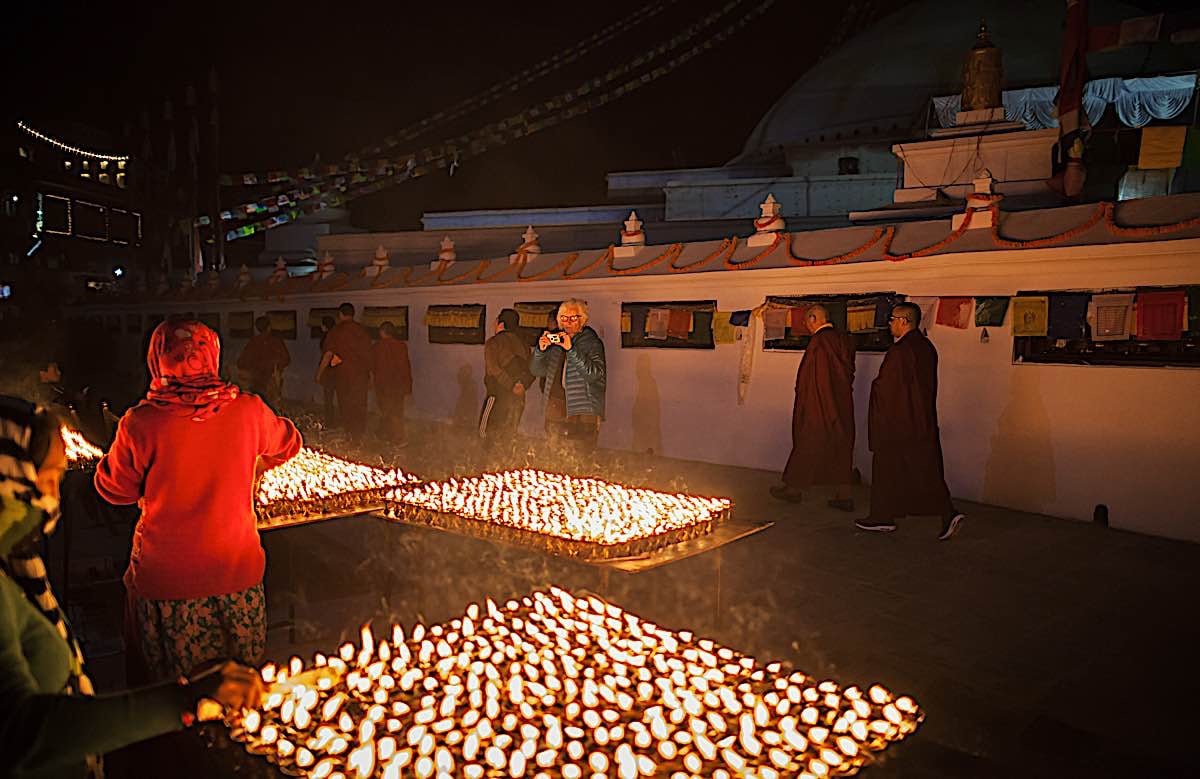
Good karmic merit on Lhabab Duchen
There are numerous acts of kindness and generosity which bring “multipled” karmic merit (by tradition, ten million times) on the day marking Buddha’s Descent from Heaven, including:
- Attend local pujas or teachings — many Buddhist temples will have events on November 19
- In addition to your normal “lay” precepts, keep all eight Mahayana precepts for 24 hours, as if you’re a “monk” or “nun”.
- Donate to charity — and especially be supportive of the Buddhist Sangha of Monks, Nuns and Lay Teachers.
- Especially virtuous — donate to the construction of a Stupa or a Temple.
- Circumambulate a stupa and chant mantras.
- Take formal refuge in the Three Jewels.
- If celebrating at home, be sure to make extra offerings, fulfill all your practice commitments.
- For serious practitioners, a good day to start a new retreat, such as a home mantra counting retreat.

Story from Samyukta-Agama
[The members of] the four assemblies cherish the wish to see the Blessed One. They say to the Blessed One: ‘We humans do not have the supernormal power to ascend to the Heaven of the Thirty-Three to pay our respects to the Blessed One. However, the devas have great might and power, they are all able to come down to Jambudvipa. We only wish for the Blessed One to come back to Jambudvipa, out of compassion for [the members of] the four assemblies.’
The Buddha said to Mahamaudgalyana: “You can return and tell the people of Jambudvipa: ‘After seven days the Blessed One shall come back from the Heaven of the Thirty-three to the city of Samkashya in Jambudvipa, outside the outer gate at the foot of the Udumbara tree.”— Samyukta-agama

Just as promised, seven days after Mahamaudgalyana’s request, the Buddha descended from the Heaven of the Thirty-Three, accompanied by a host of gods and other divine non-human beings. By this time, a large crowd of devotees had gathered, eagerly awaiting the Buddha’s glorious return. As often depicted in ancient stone carvings and paintings, three ladders stretched down from the heavens into the city of Samkashya. The Buddha descended on the central ladder made of lapis lazuli, with Brahma to his right, on a white ladder, holding a white fan, and Indra to his left, on a crystal ladder and holding a parasol. Flowers fell from the heavens, strewing the earth where the Buddha and assembly touched down.”
Quoted from Samkashya descent from the heaven of the Thirty-three
Extra Merit Practice, Reciting Heart Sutra
On Lhabab Duchen, Karmic results are multiplied one hundred million times according to the Vinaya text Treasure of Quotations and Logic. Please consider supporting Buddha Weekly’s “Spread the Dharma” mission with a small donation or become a supporting member. Thank you.
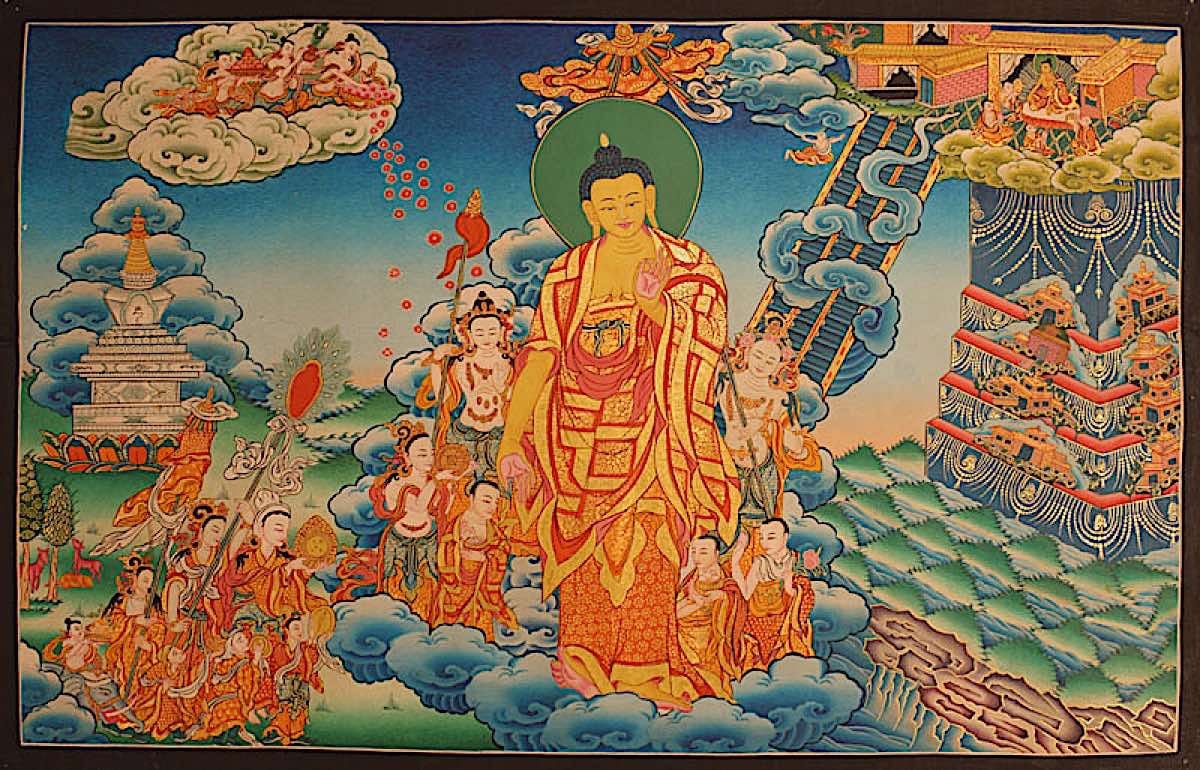
Lhabab Duchen celebrates one of the “Eight Great Deeds”
Buddha’s descent from Tushita Heaven marks one of the Eight Great Deeds of the Enlightened One. Traditionally, Buddha ascended to the Tushita heaven (Heaven of the 33) for three months to give teachings to the gods in the desire realm — to repay the kindness of his mother Mahamaya, who had taken rebirth as one fo the gods. The festival marks the auspicious day Buddha descended from the Tushita God Realm.
Recite Heart Sutra for Merit (English)
Buddha descends from Tushita heaven, one of the Eight Great Deeds of the Buddha — celebrated on Lhabab Duchen.
Timeline of Buddha’s Life
What were the other events of Gautama Shakyamuni Buddha’s life? Here is a quick synospsis.

Although earlier experts placed Buddha’s life at 490 B.C. to 410 B.C., the latest archeological evidence places Buddha’s Birth at 563 B.C. and his Paranirvana at 483 B.C. Dating relates to birth relics recently found, and his Paranirvana dates can be easily reinforced by his funeral relics scattered throughout India and Asia.

563 B.C. Conception to the Sakyas
Sakyamuni (Shakyamuni) Gautama Buddha’s conception — in much of Asia, conception is the celebratory date, rather than the actual date of birth. [2] Famously, Queen Maha Maya, Buddha’s mother, had a conception dream of a white elephant with six tusks descending from heaven to enter her womb. His title Sakyamuni (pronounced Shakyamuni) literally means ‘sage’ of the Sakyans — where Sakya was his father’s kingdom or oligarchic republic (located in modern-day Nepal). Muni literally means “sage.” Śākyamuni (शाक्यमुनि) is title of Buddha fist cited in Mahāprajñāpāramitāśāstra (chapter VI).

563 B.C. Siddartha’s Birth in Lumbini Nepal
Buddha was actually born Prince Siddartha, in Lumbini Nepal. According to tradition:
“Buddha emerged from his mother’s side, as she stood leaning against a tree, in a painless and pure birth.” [2]
He was named Siddartha (or Sarvathasiddha) — literally meaning “a man who achieves his goals” — by his father the king, who was determined he would be a great worldly king and conqueror, not a Buddha as predicted by the sages. His mother passed away, and he was brought up by his aunt Mahaprajapati.
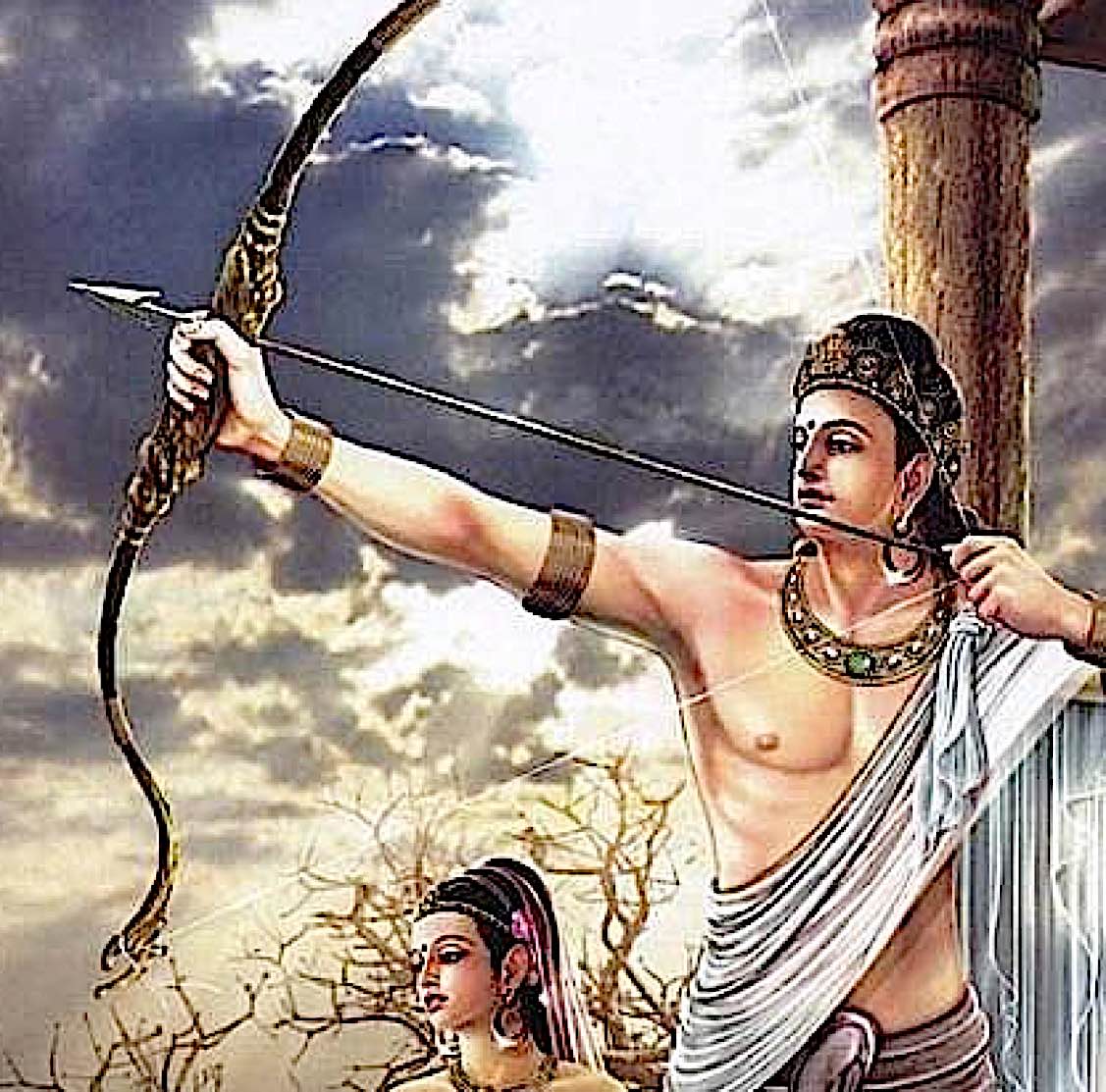
548 B.C. Siddartha’s marriage to Yasodhara
His father the king determined he must be sheltered from the suffering of the world to remove any causes that might arise compassion in the young prince. True to his father’s aspirations, he was brought up a privileged prince, sequestered in the palace. He was married to young Yasodhara, who conceived their son Rahula.
Siddartha grew up in Kapilavastu, the capital, and became very accomplished in “kingly arts” including the martial arts.
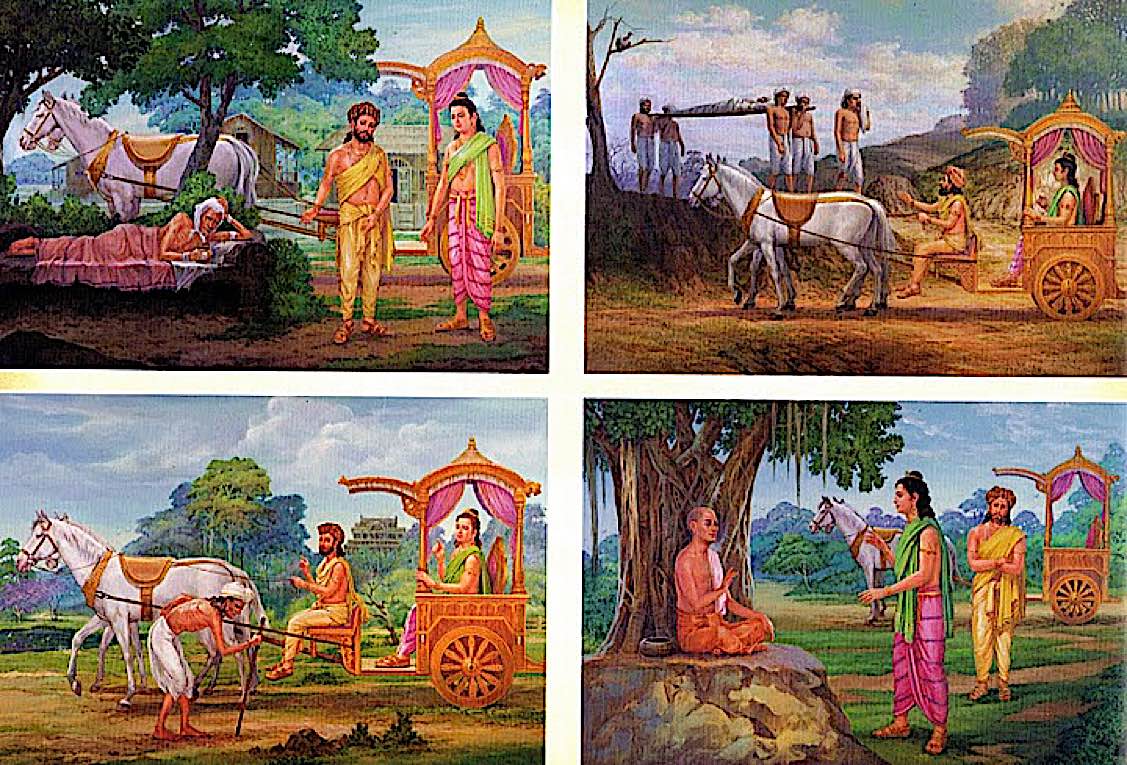
534 B.C. Buddha sees the four sights: Suffering
True to predictions of the sages — and despite his father’s fiercely protective tactics — Prince Siddartha escaped the palace and saw the four sights of suffering: poverty, illness, old age, and death. He also saw religious ascetics. His “existential crisis” [2] led to his life’s mission — to release the world from all suffering.
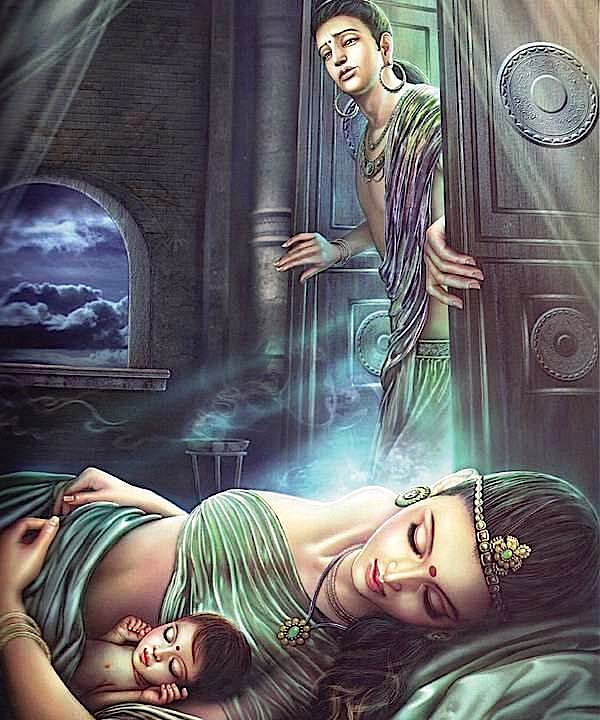
534 B.C. Siddartha leaves home
With compassion awake in the young Prince Siddartha, he became driven to overcome the suffering of Samsara. In a dramatic moment, Siddartha determined to leave home — quietly leaving the palace to avoid his father’s guards. He knew he must abandon his conventional, privileged life, to seek the answers that would save all beings from the eternal cycle of suffering.
Dramatically, he left his beloved wife and child — knowing he must for the ultimate benefit — cut his hair and left behind even his inseparable horse. Cutting his hair was a symbol of leaving behind his ordinary life. He traveled south, seeking out other spiritual seekers, and ended in Magadha (current Bihar) where he begged on the streets.

533 B.C. Siddartha Meditates in Magadha
Like most spiritual seekers, Siddartha sought out and trained with many meditation teachers — notably “the masters Ālāra Kālāma and Uddaka Rāmaputta” [2]
He learned and mastered with the best of the great sages of the time, attaining great realizations, but not the ultimate solution. He determined they did not have the final “permanent” solution, and decided he must seek the solution on his own.
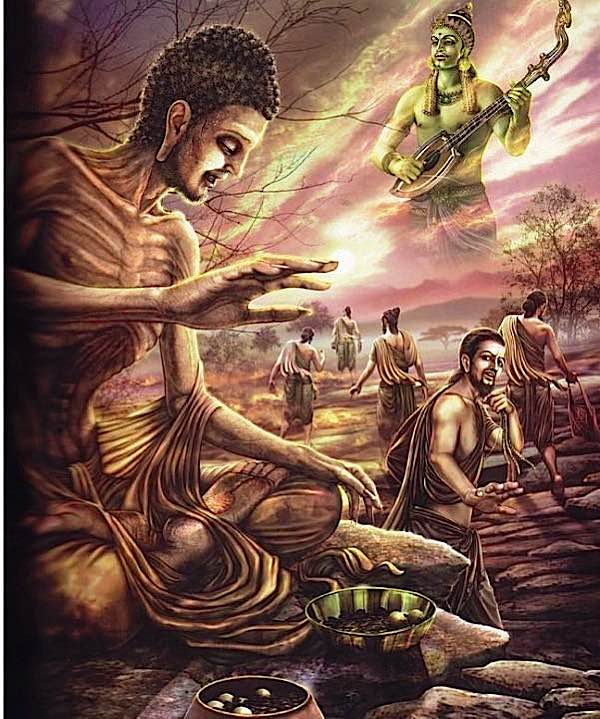
532-5238 B.C. Siddartha the Ascetic
Asceticism was an extreme form of practice that included living in the wild without protection, extreme fasting — basically, an attempt to “down the physical influence of one’s being and release the soul, an insubstantial essence in each individual.” [2]
He continued this until he was nothing but dry skin and bones, close to death.
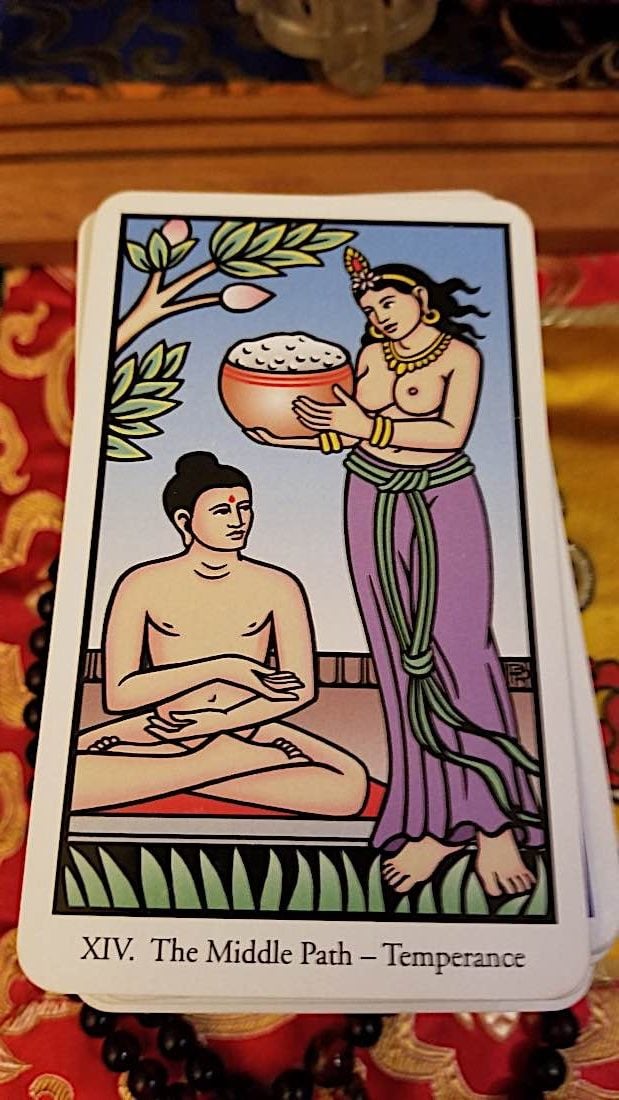
528 B.C. Siddartha risks death at Varanasi
Pushing his practice to the extreme, he tried every extreme meditation and practice — together with five other ascetics — only to nearly die of starvation. Finally, he realized the “middle way” was the correct path to Enlightenment — neither the extreme of deprivation nor its opposite of luxury. Barely able to move, he accepted a tiny bowl of mik, rice from a devotee named Sujata. From that moment, he pioneered the “Middle Path” now known as “Buddhism.”
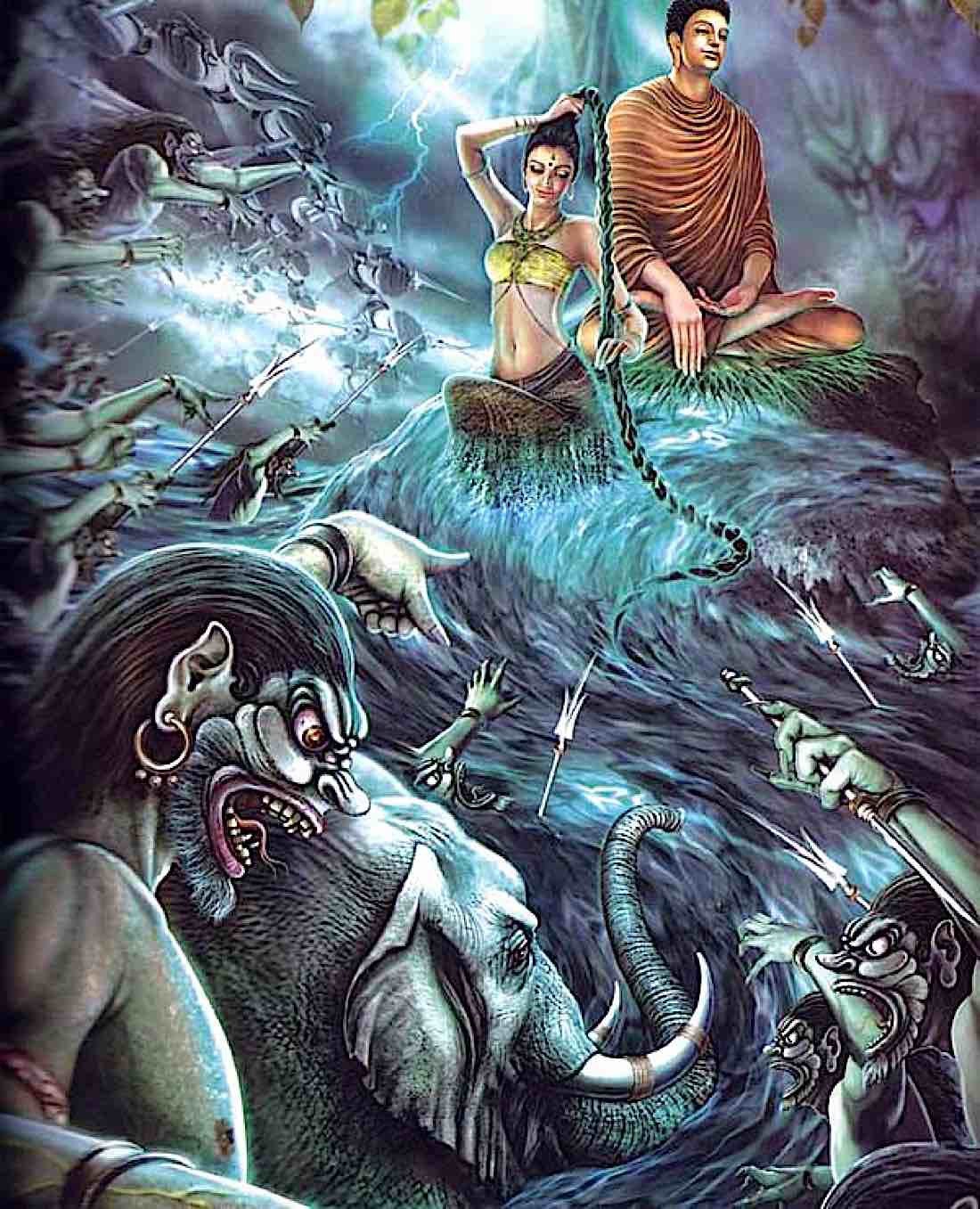
528 B.C. Awakening at Bodh Gaya
At Buddhism’s most “famous” site, Bodhgaya, Siddartha found the liberating path. Rejected by the five ascetics, he ate modest meals, recovering his strength, then moved to a new meditation site under the most famous tree in history — the Pipal Tree of Bodh Gaya. [A decedent of this tree is still honored today in Bodhgaya.]
He withdrew into his mind, pioneering a new “middle way” of meditating. He endured trials under the tree, tempted by the Mara and his legions and armies. [Mara and his legions, assailing the Buddha under the tree, can be thought of as the struggle Buddha faced internally with his own attachments and past karmic imprints.] Finally, he awakened, and Mara and his legions vanished. Famously, the symbol of this is Buddha touching the earth as his witness. He attained Bodhi — Awakening — and became the Buddha, the Awakened One.

528 B.C. First Teaching at Sarnath
Buddha “turned the first wheel” of teaching, determined to help others with his perfect methods. His first pupils were the five ascetics who had earlier rebuked him. His first teachings were the Four Noble Truths, and the Eightfold Path:
Buddha first taught the Four Noble Truths, the Truth of Suffering, metaphorically, the “disease” we are treating.
“What, monks, is the truth of suffering? Birth is suffering, decay, sickness and death are suffering. To be separated from what you like is suffering. To want something and not get it is suffering. In short, the human personality, liable as it is to clinging and attachment brings suffering.” [3]

Overcoming suffering relied on the Eightfold Path:
“This is the noble eightfold way, namely, right understanding, right intention, right speech, right action, right livelihood, right attention, right concentration, and right meditation.” — Shakyamuni Buddha at Deerpark
• For a feature on the Four Noble Truths and Eightfold Path, see>>
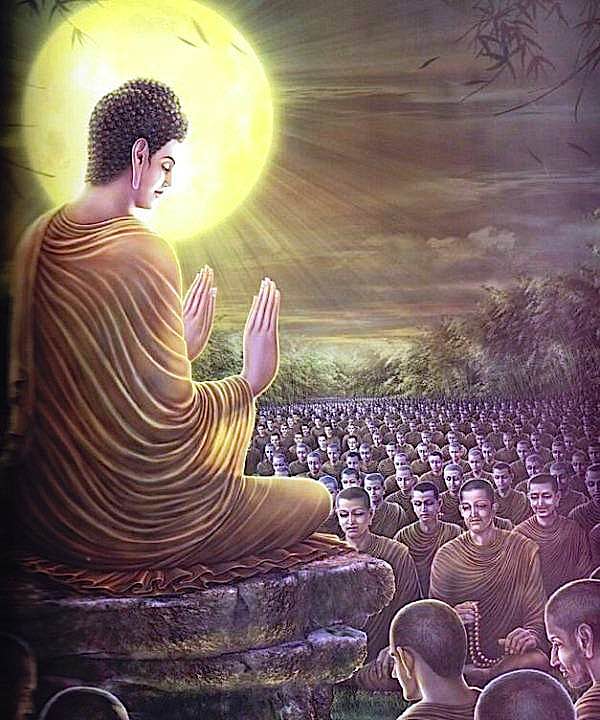
528-483 B.C. Countless teachings, Turning the Wheel
Buddha traveled with a growing entourage of disciples, teaching for the next 45 years. These precious teachings, recorded by his pupils, became a vast body of Pali Sutta, and later Mahayana Sutra — the largest collection of spiritual teachings in history. His teachings would spread throughout India, China, Japan, Korea, and all of Asia — and ultimately around the world.
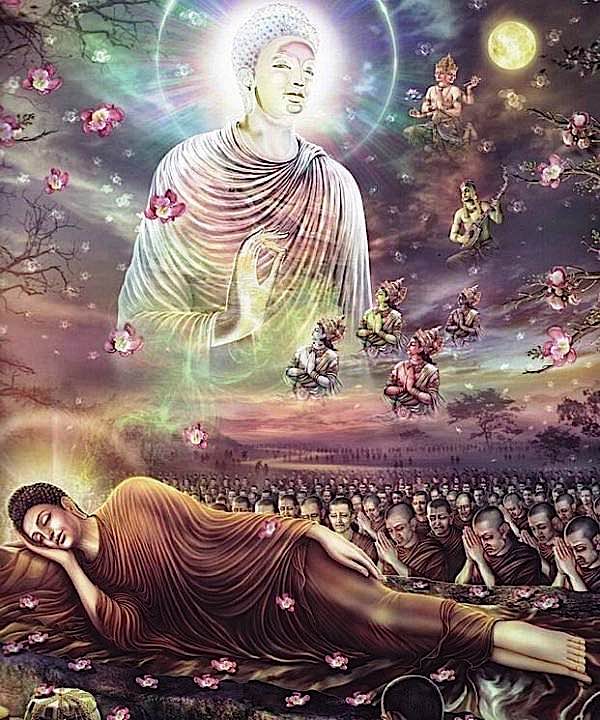
483 B.C. Paranirvana at Kusinagara, Malla
At the age of 80, he decided it was time for him to leave the teachings to his Sangha of disciples. He gave his last teaching. He asked his disciples if they had any last questions for him before he left.
Finally, he said, “Things that arise from causes will also decay. Press on with due care.”[3]
He lay down on his right side, with his hand under his face — in the pose made famous by the Sleeping Buddha statue — and passed into the peace of ultimate Paranirvana.
There can be no question that Buddha was a living, historical person, born in the sixth century B.C. in what is now Nepal — whose profound teachings influenced the thinking of philosophers for the last 2600 years. Buddha’s life and teachings are not a matter of faith. His practical, method-based teachings changed much of Asia, and ultimately permeated societies around the world.
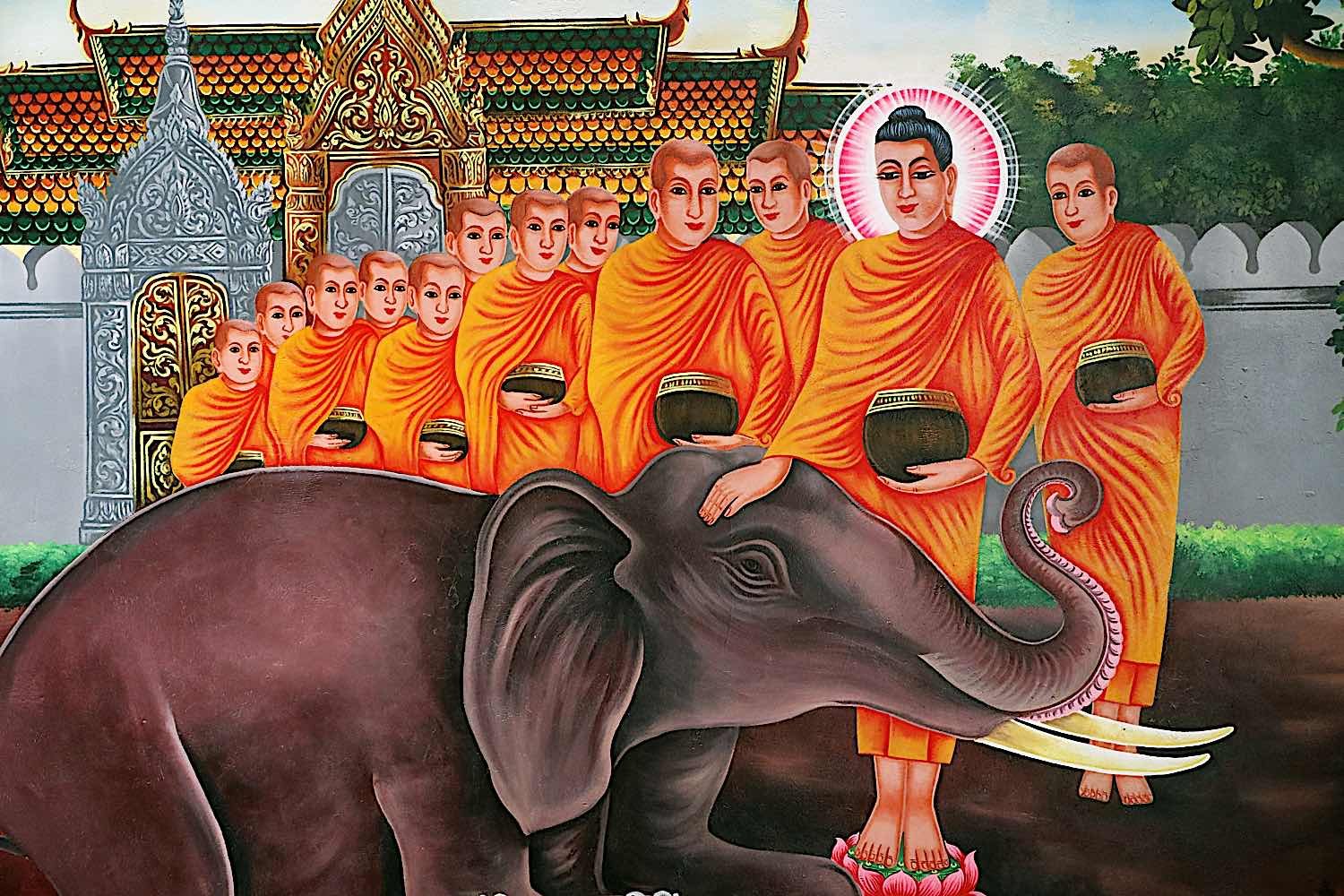
Gautama Buddha is accepted by most scholars as a real person, even if there are obviously mythical overlays for the purposes of skillful “teaching.” The most exciting recent evidence was archeological — a likely date for Buddha’s birth.
This new evidence, together with previous substantial evidence, begs the question — which stories of Buddha’s life are verifiably factual, and which stories may be embellished for teaching-purposes? Many of the Sutra stories have been verified to various extents through correlation to historical events of the time. Some of the disciples of the Buddha have been verified credibly.
The National Geographic discovery (video):
November 25, 2013— At one of Buddhism’s most revered pilgrimage sites, a National Geographic archaeologist’s team has uncovered evidence that the Buddha lived in the sixth century B.C., much earlier than some scholars had believed. The excavation at Lumbini, Nepal, long identified as the birthplace of the Buddha, revealed a previously unknown timber shrine once stood there, it’s walls mirroring more recent brick temples.

Birth of Buddha — 6th Century BCE
In 2013, National Geographic reported on archaeologists in Nepal who discovered verifiable evidence of a structure at the birthplace of the Buddha — dating to the sixth century B.C. As quoted from the National Geographic Society (Nov 25, 2013):
“Pioneering excavations within the sacred Maya Devi Temple at Lumbini, Nepal, a UNESCO World Heritage site long identified as the birthplace of the Buddha, uncovered the remains of a previously unknown sixth-century B.C. timber structure under a series of brick temples. Laid out on the same design as those above it, the timber structure contains an open space in the center that links to the nativity story of the Buddha himself…”
Their peer-reviewed findings are reported in the December 2013 issue of the international journal Antiquity. The research is partly supported by the National Geographic Society.
“UNESCO is very proud to be associated with this important discovery at one of the most holy places for one of the world’s oldest religions,” said UNESCO Director-General Irina Bokova, who urged “more archaeological research, intensified conservation work and strengthened site management” to ensure Lumbini’s protection.
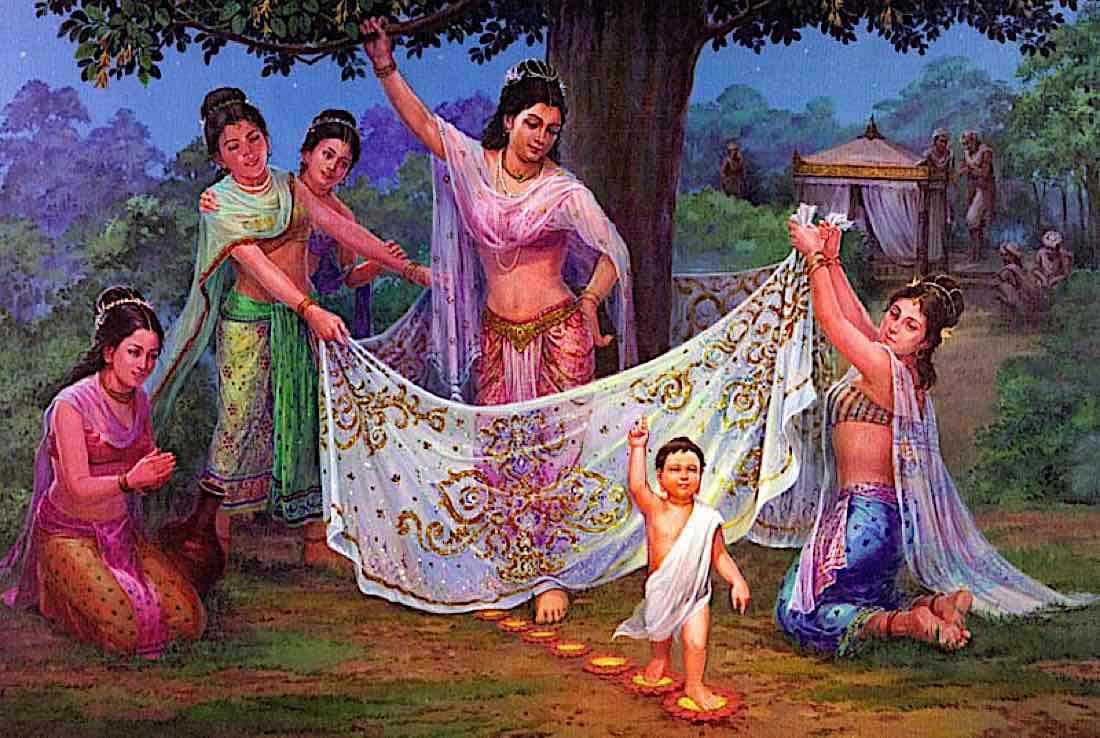
Buddha’s wonderful birth is accepted as fact. Although elements of stories can be taken as literal truth (that Buddha was born), most modern Buddhists might understand that the sutra story is possibly embellished — with enriching symbolism — such as Buddha walking immediately after birth and lotus blossoms springing from the ground where he stepped. Is this a false story? No, it’s a spiritual truth wrapped in a story-telling metaphor (at worst) — and there’s absolutely no harm in taking it as literal truth.
Buddha’ Enlightenment
How verifiable is the most famous story of Buddha’s amazing life — his Enlightenment beneath the Bodhi tree? According to Biography.com:
“According to the most widely known story of his life, after experimenting with different teachings for years, and finding none of them acceptable, Siddhartha Gautama spent a fateful night in deep meditation beneath a tree. During his meditation, all of the answers he had been seeking became clear, and he achieved full awareness, thereby becoming Buddha.”
The majority of scholars accept this story as “nonmythical” — that Buddha did contemplate in this way. Clearly, he did become one of the greatest and most influential teachers, based on the realizations he attained in his meditations.
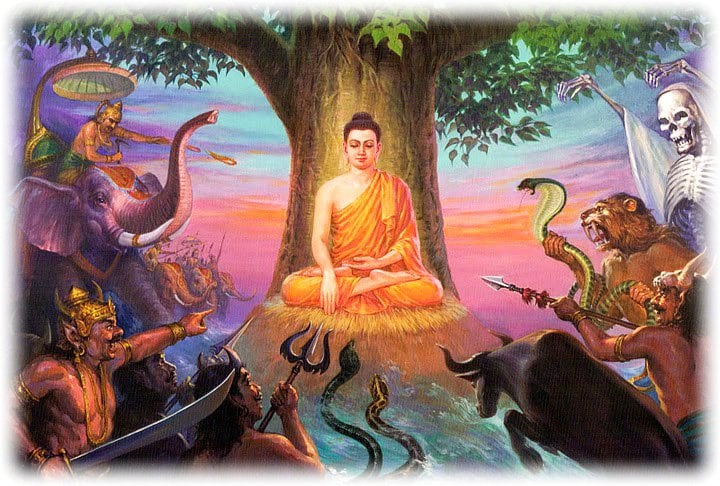
Verifiable Facts
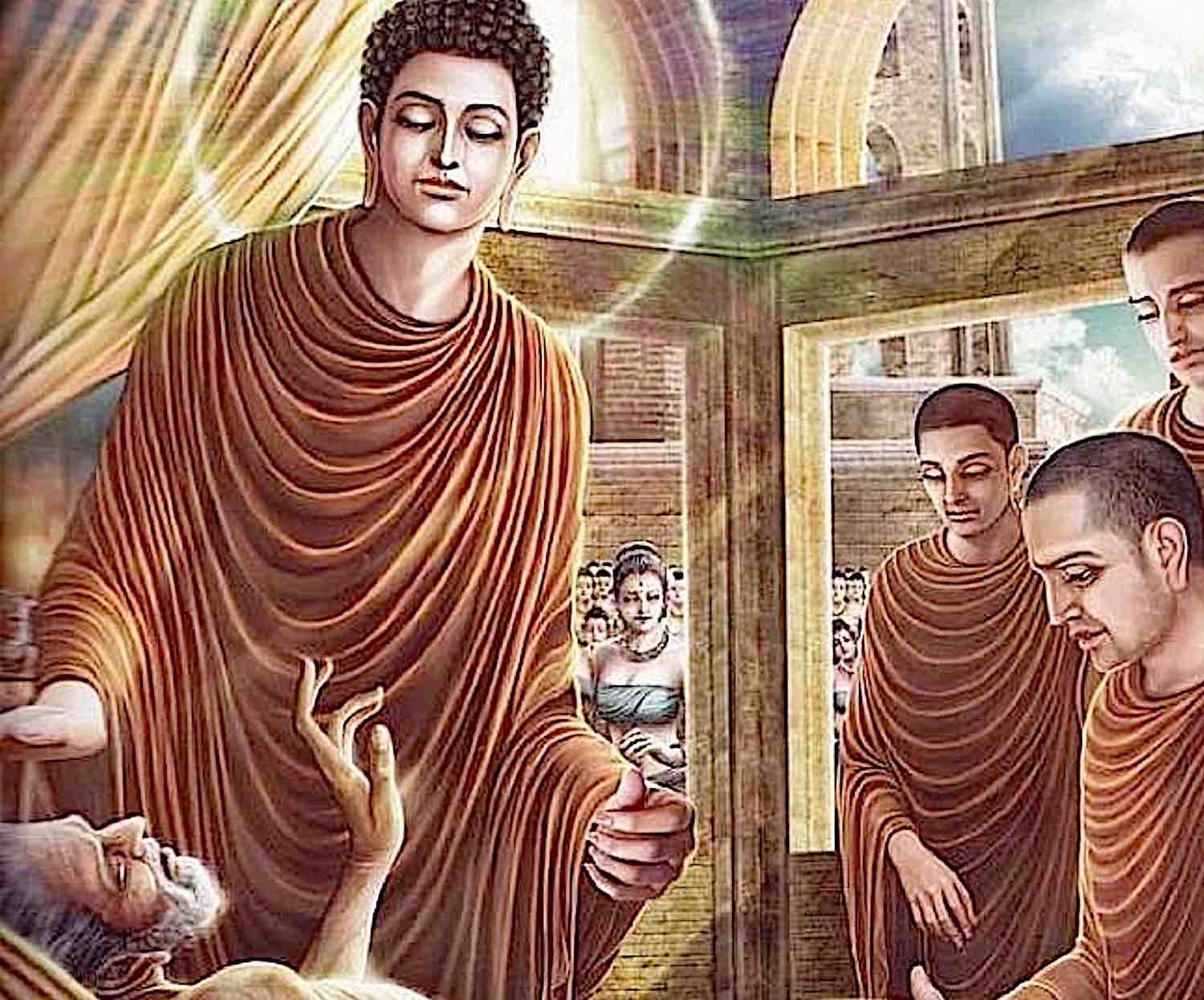
Scholars agree on certain verifiable facts — verified not only by archaelogical evidence, but hisotorical documentations. The events of his life that are widely accepted as verifiableare:
- Buddha was born (currently dated to 6th century B.C) in Lumbini, present-day Nepal.
- Buddha taught Four Noble Truths and the Eightfold Path.
- Buddha’s “Middle Way” path not only grew into one of the most widely practiced spiritual paths — his teachings influenced other teachers and paths.
- Buddha initially taught five ascetics — with whom he had practiced asceticism.
- Buddha became a monk. He taught both monks and lay followers.
- Buddha admitted women to the Sangha of practitioners — revolutionary for his time.
- Buddha taught Buddha Dharma for many decades — to numerous disciples who later recorded his teachings (Suttas or Sutras.)
- Buddha’s Dharma influenced culture all over India, and later many parts of Asia.
- Buddha died in India around the age of 80. In most accounts he died from eating spoiled food.
- Buddha’s name was Siddhartha Gautama
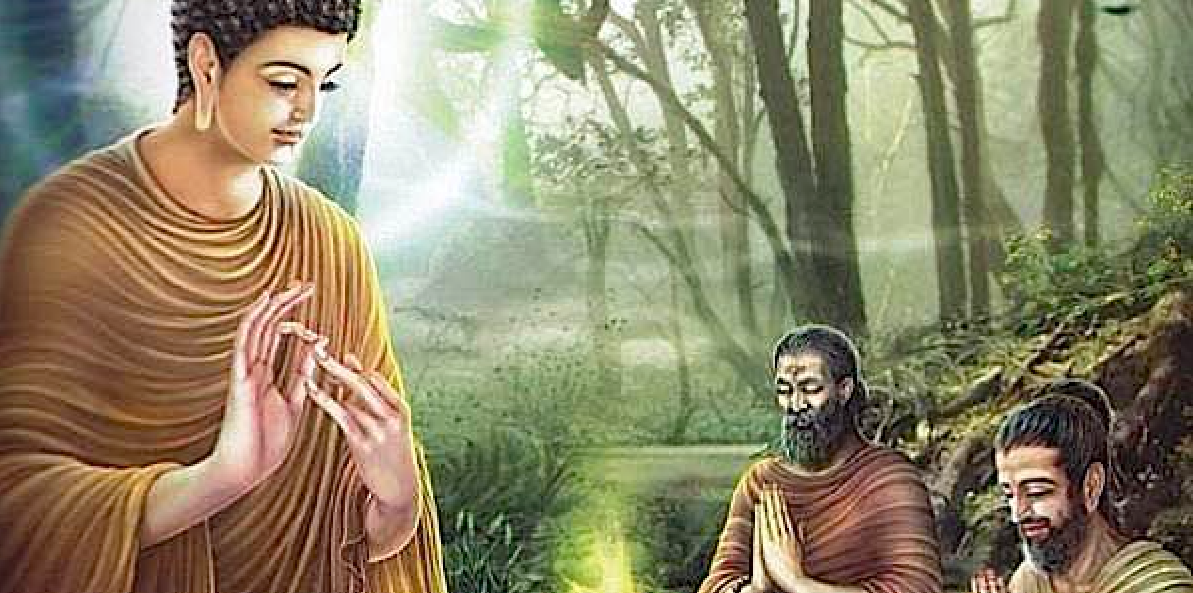
2 thoughts on “A Light to the World — Celebrate Buddha’s Descent from Heaven on Lhabab Duchen: merit multiplied ten million times”
Leave a Comment
More articles by this author
Search
Latest Features
Please support the "Spread the Dharma" mission as one of our heroic Dharma Supporting Members, or with a one-time donation.
Please Help Support the “Spread the Dharma” Mission!

Be a part of the noble mission as a supporting member or a patron, or a volunteer contributor of content.
The power of Dharma to help sentient beings, in part, lies in ensuring access to Buddha’s precious Dharma — the mission of Buddha Weekly. We can’t do it without you!
A non-profit association since 2007, Buddha Weekly published many feature articles, videos, and, podcasts. Please consider supporting the mission to preserve and “Spread the Dharma." Your support as either a patron or a supporting member helps defray the high costs of producing quality Dharma content. Thank you! Learn more here, or become one of our super karma heroes on Patreon.
Lee Kane
Author | Buddha Weekly
Lee Kane is the editor of Buddha Weekly, since 2007. His main focuses as a writer are mindfulness techniques, meditation, Dharma and Sutra commentaries, Buddhist practices, international perspectives and traditions, Vajrayana, Mahayana, Zen. He also covers various events.
Lee also contributes as a writer to various other online magazines and blogs.









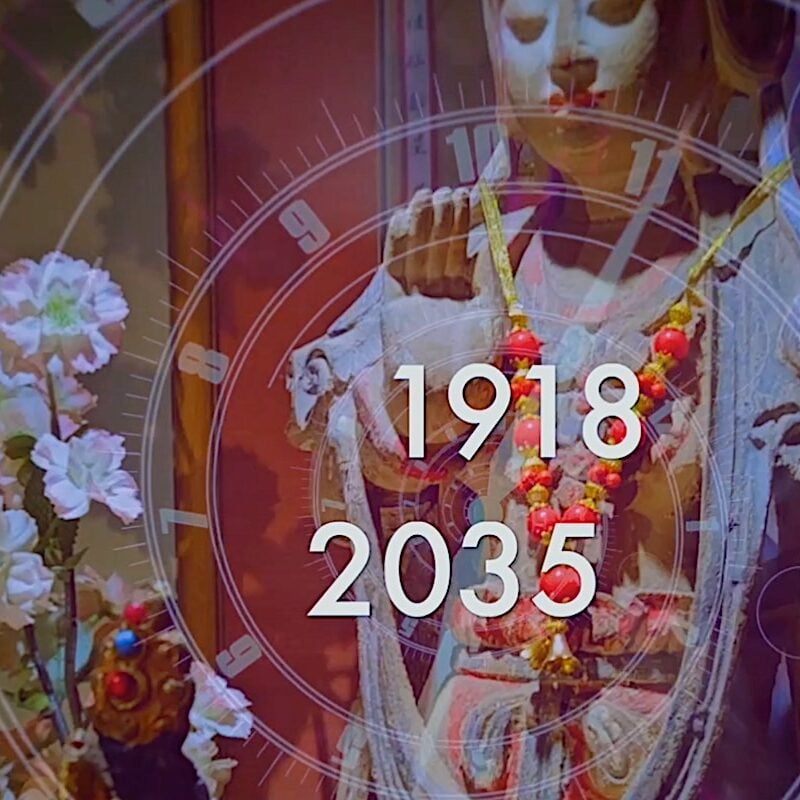

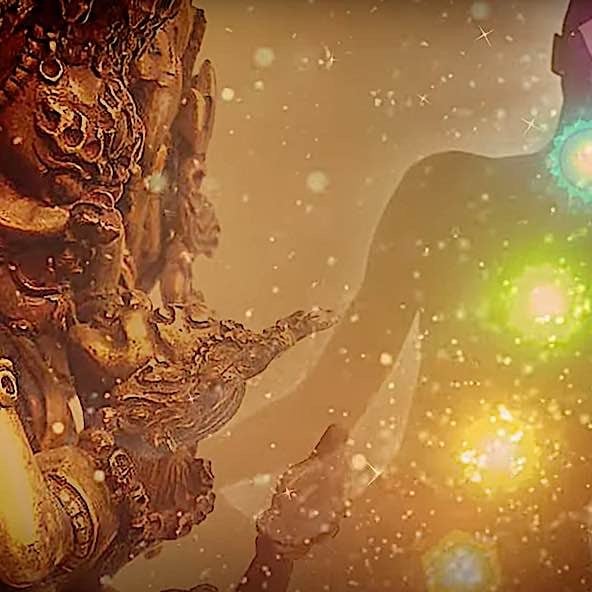







Kindly send me a copy of the weekly publication
Dear Joyce,
Thank you for asking to be added to the subscriber list. I added you manually. If that doesn’t work you can try subscribing here: https://buddhaweekly.com/subscribe/
In kindness, Lee